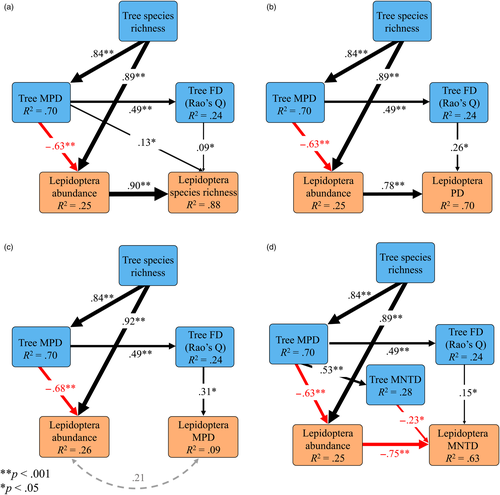Global change leads to increasing biodiversity loss, usually with consequences for the structure and functioning of ecosystems, such as primary productivity and nutrient cycling.
Previous work has emphasized strong linkages between the loss of plant species richness and declines in consumer abundance and diversity. However, the mechanisms underlying these linkages are still unclear.
A joint research team integrated multiple components of plant and herbivore diversity, with a particular focus on phylogenetic diversity, to identify the linkages that drive biodiversity relationships and determine the consequences of biodiversity loss across different trophic levels.
The team includes researchers from the Institute of Zoology (IOZ) and the Institute of Botany under the Chinese Academy of Sciences (CAS) and the University of Goettingen.
These analyses are based on the largest tree diversity experiment in the world at present and make use of an extensive data set that covers herbivore phylogenetic diversity - a diversity component that so far is rarely available for larger-scale analyses of plant-herbivore interactions.
The study showed that lepidopteran phylogenetic diversity was significantly affected by plant species loss, but only when basic splits in the evolutionary history were considered. Moreover, using structural equation modeling, the results suggested that multiple components of tree diversity could synergistically affect species richness and phylogenetic diversity of lepidopteran larvae.
Importantly, plant diversity effects were indirectly mediated by herbivore abundance - which sheds light on the consequences of recently observed declines in the number of insects for the structuring and functioning of ecosystems, including evolutionary dependencies between plants and their herbivore communities.
The study, published in Journal of Ecology on August 20, was supported by the Strategic Priority Research Program of the Chinese Academy of Sciences, the National Science Fund for Distinguished Young Scholars, CAS President’s International Fellowship Initiative and other programs to ZHU Chaodong’s Lab.

